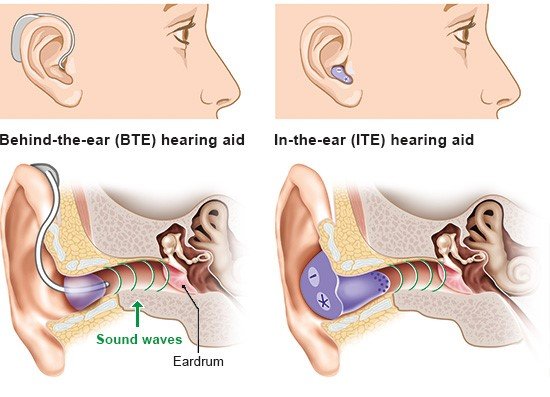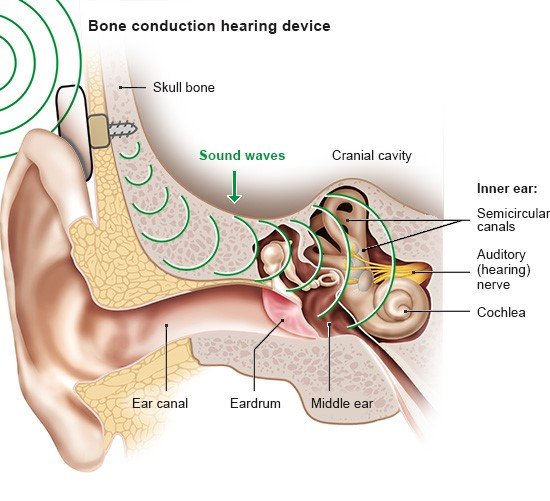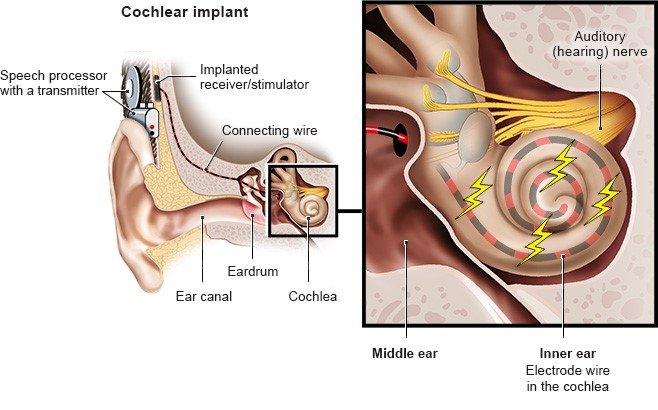What can help children with hearing loss or deafness?

Because there are various causes and severities of hearing loss, there are also a number of different treatment options. Hearing aids and cochlear implants (prosthetics) can be a great help in people who have permanent hearing loss.
Hearing problems in children and teenagers are usually caused by poor ventilation of the middle ear, infections or (more rarely) changes in genes. The resulting hearing loss might be partial or total.
Depending on what's causing it, the problem may lie in various parts of the hearing system. That will determine which treatment is most suitable:
- If sound waves no longer reach the inner ear, it is called conductive hearing loss. This is usually caused by a problem in the outer or middle ear.
- In the inner ear, the cochlea receives sound waves from sensory cells and changes them into electrical signals. These signals travel along the auditory nerve to the brain, where they are processed. Damage to the inner ear leads to what is known as sensorineural hearing loss. The word "sensorineural" comes from "sensory" (senses) and "neural" (nerves).
- Very rarely, the disorder is in the brain. Very rarely, the hearing loss is caused by a problem in the brain. It is then referred to as central hearing loss.



